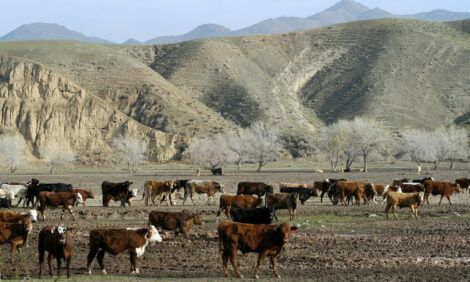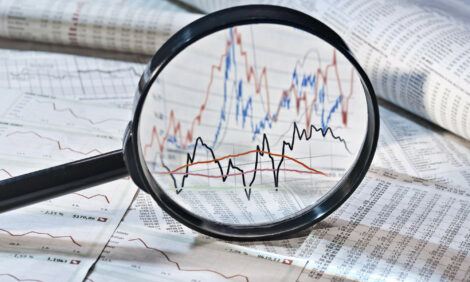



Texas cattle ranchers battle drought, extreme heat
Some ranchers thinking about thinning their herdThe brown and black cattle of Texas, beloved symbols of the Lone Star state, walk through desiccated grass and stand in shrunken watering holes while their ranchers struggle to get them enough food reported Reuters.
For the second summer in a row, drought and extreme heat are stressing the health of cattle in Texas - the top beef-producing state in the US by far - leading some ranchers to think about thinning their herds to save money on animal feed and hay.
"The grass is just not growing and primarily because it's thirsty," said rancher David Henderson. "Now we hit August and this is normally our hottest, driest time of the year ... and the only thing I can think of, sometimes it calls for selling cows."
Henderson, 62, manages a herd of about 150 cows in Tennessee Colony in East Texas, and said he sold roughly 30 cows in 2022 due to the drought.
Dry conditions last year drove ranchers in East Texas to sell more than 2.66 million cattle from January 2022 through August 2022 — an increase of more than 480,000 cattle compared to that time period the previous year, according to the Texas Farm Bureau.
Texas State Climatologist John Nielsen-Gammon predicts extreme heat spurred by global warming will become the norm.
"Well, certainly for the next few decades, the trends are going to continue," Nielsen-Gammon said. "This sort of heat will become normal in the summertime for Texas. And that, in addition, means that the heat extremes will be that much hotter and that much more severe."
The drought, triple-digit heat and lack of food impacts just about every facet of the cattle industry - how much milk the calves get, how the cows fatten up, how much they reproduce, and how much that coveted steak will cost.
Jimmy Reed owns the Cattle Ranch Supply store in Tennessee Colony and, with pastures diminished, has been sending out feed deliveries to ranchers in early August instead of the normal time in mid-November.
"With everybody wanting to eat that rib eye and that T-Bone or those ribs, there's going to be less supply. So the price of beef will once again take a rise," Reed said.
Rancher Corey Davis, 39, said after plentiful spring rains he had been optimistic.
"This year, I thought being a young farmer, I said, 'Well, we're going to make a bunch of hay,'" Davis said.
"I was excited and you know, four or five months later, no rain for a month. So, we're back in a drought again."



